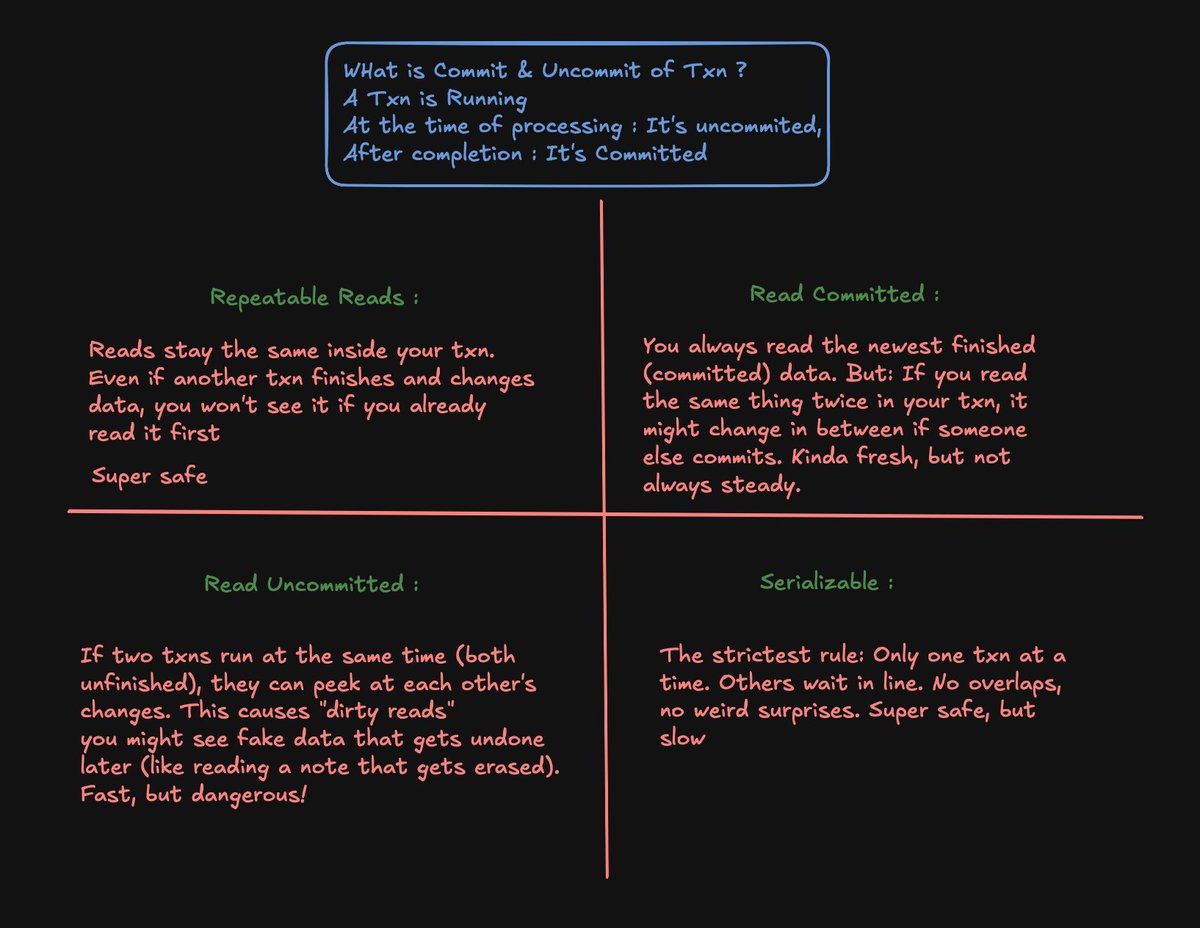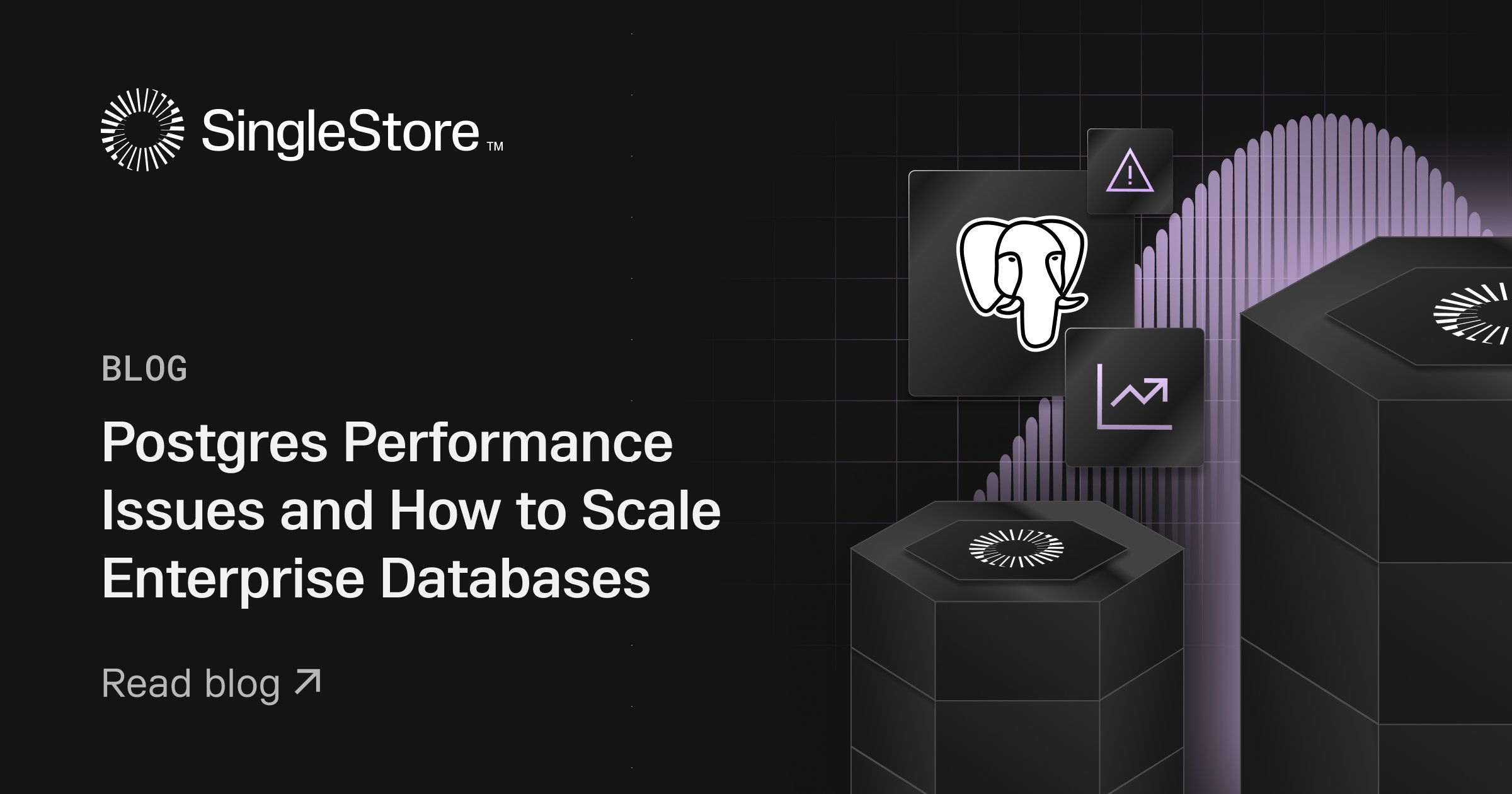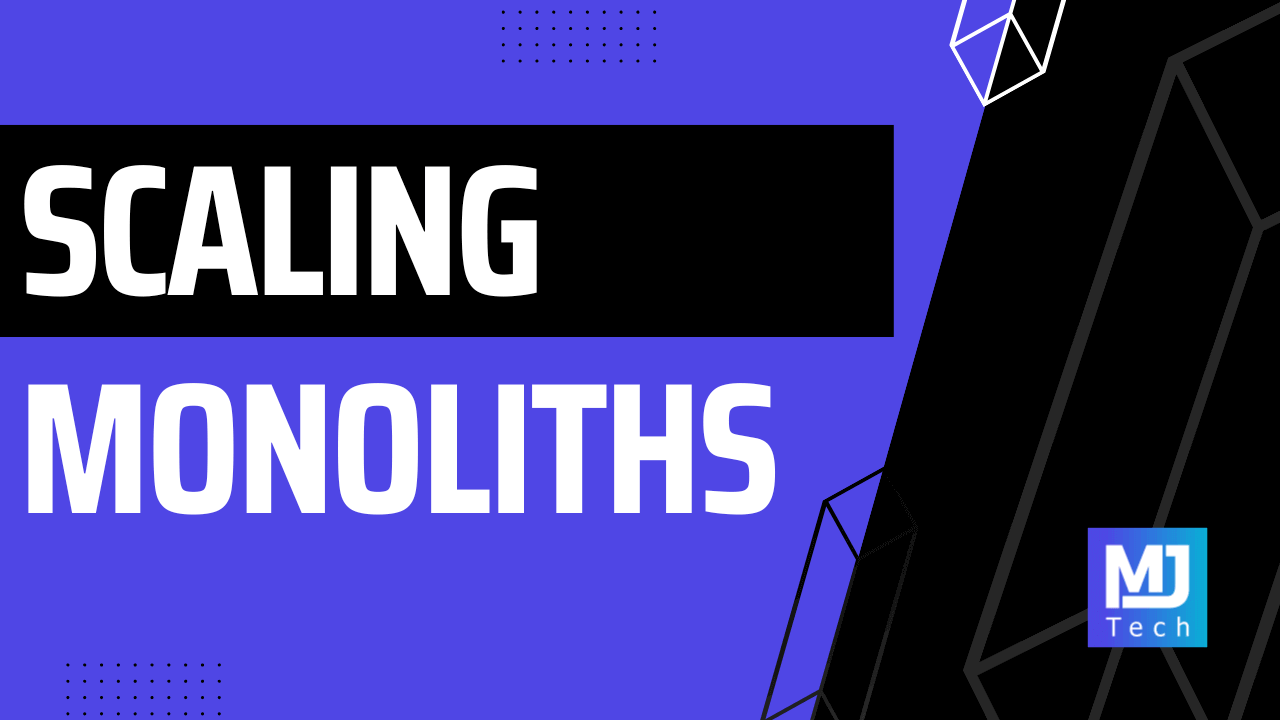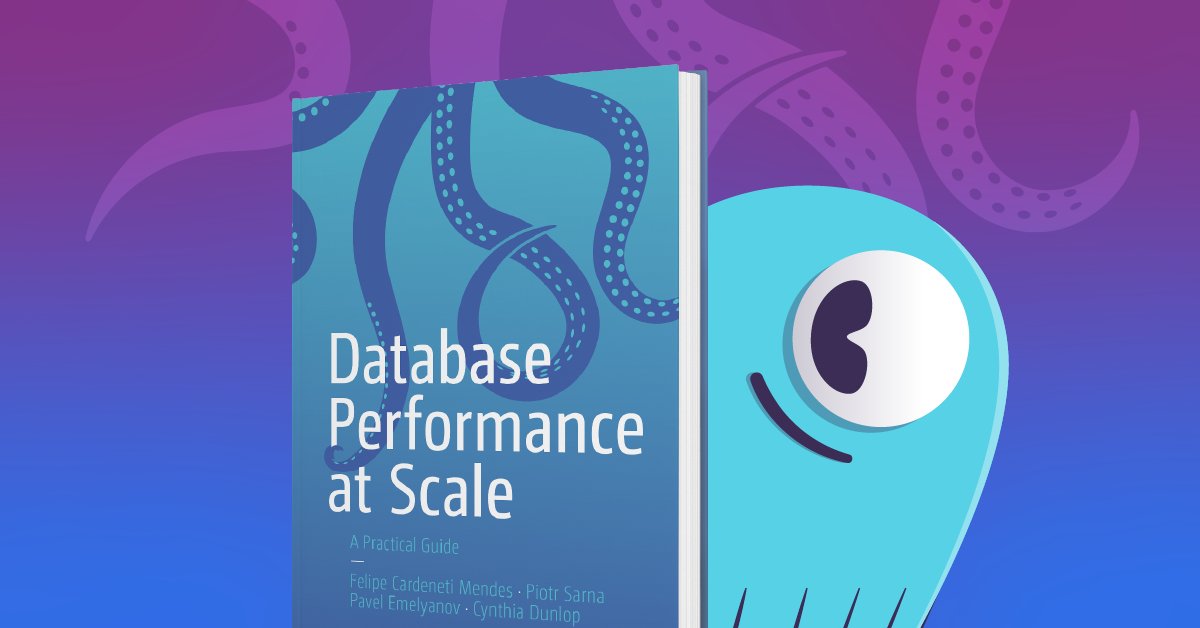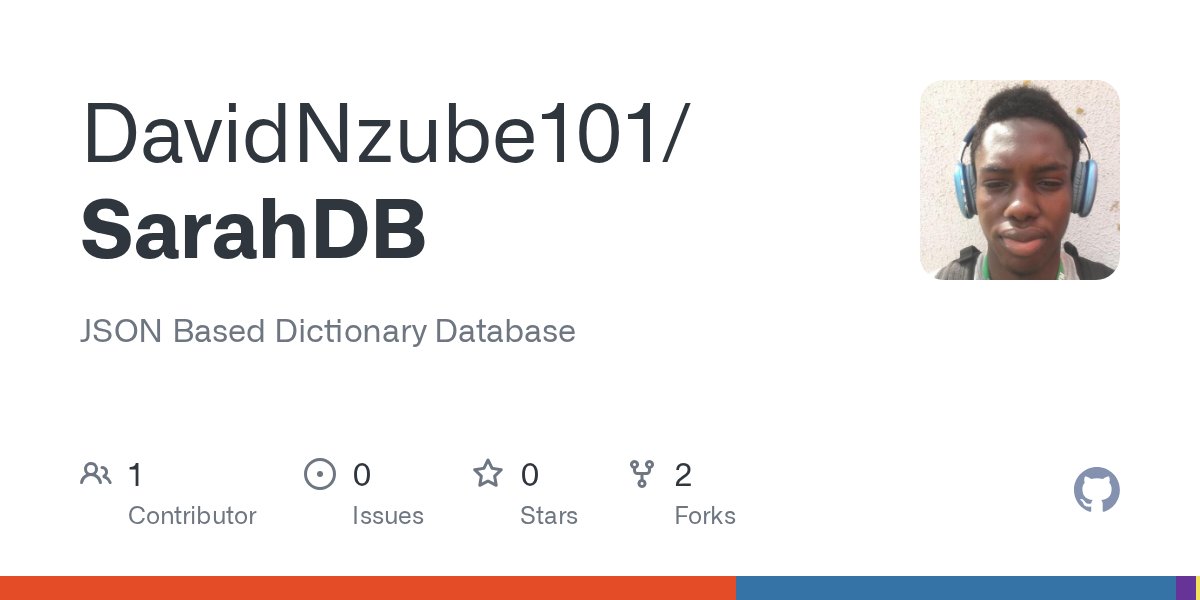#scalabledatabasesolutions kết quả tìm kiếm
Read about the #ScalableDatabaseSolutions for #MultiTenantApplications & the role #NoSQL plays in it. ow.ly/PJedM @sogetilabs
Read about the #ScalableDatabaseSolutions for #MultiTenantApplications and the big role that #NoSQL plays in it: ow.ly/PJedM
2/30: Ways to Scale a DB: - Vertical Scaling - Horizontal Scaling: Sharding or Read-replicas x.com/yashtwt7/statu…
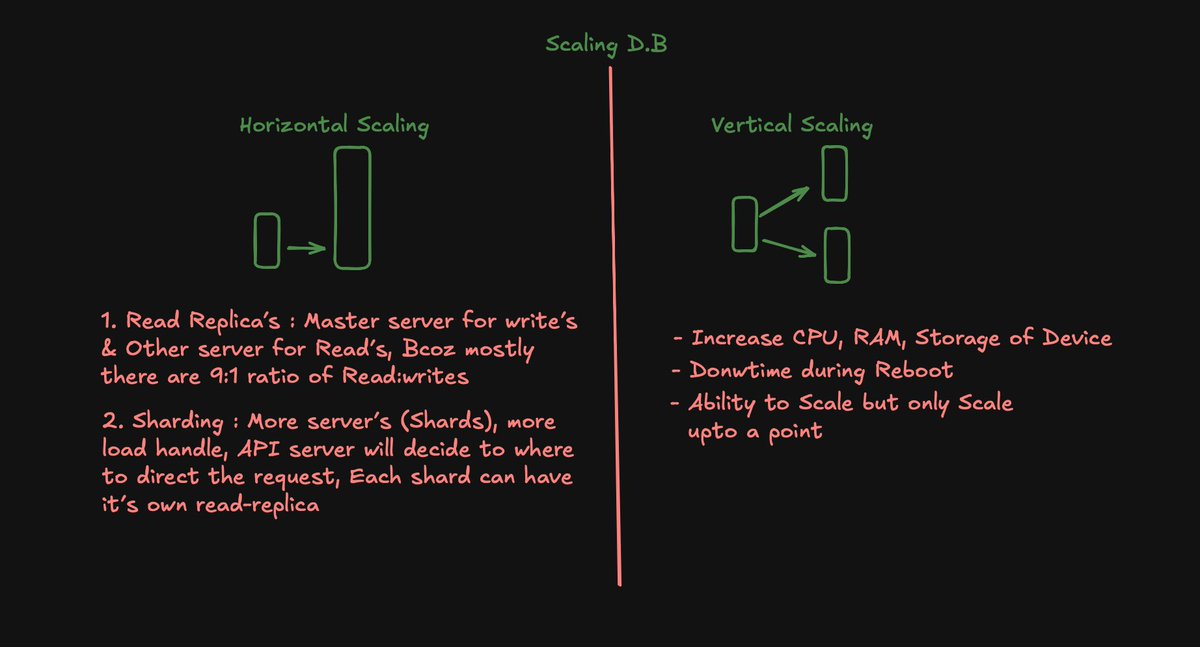
Traditional databases like PostgreSQL weren’t built for today’s scale. At the enterprise level, teams face concurrency limits, replication lag and mixed OLTP/OLAP overhead, driving the need for a modern database that scales smoothly while maintaining performance and real-time…
Scaling Backend Services To Handle 1 Million Users devx.com/web-developmen… #java #mysql
devx.com
Scaling Backend Services To Handle 1 Million Users - DevX
At its core, scaling backend services means increasing your system’s capacity so that latency stays predictable under heavy concurrency.
Anyone who has worked with enterprise-level databases knows that what’s being described here is fundamentally not scalable. Large-company data environments are messy, fragmented, and wildly inconsistent. There is no universal plug-and-play solution, none. Realistically, you’re…
You can use database sharding to scale your application. Learn more: milanjovanovic.tech/blog/scaling-m…
Sam Lambert @samlambert is representing @PlanetScale. PlanetScale is the database platform for developers. PlanetScale provides MySQL-compatible serverless database with built-in scaling, branching, and non-blocking schema changes.
Yes, I am aware of that but it will come later on, if at all as stateful scaling is quite complex. MongoDB has it integrated, so it should be simpler but other databases are probably much harder.
Cloud Scalability ☁️ The ability for your systems to grow as your business grows, without having to update the hardware system. ✅ Ability to handle increased data ✅ Increased user load handling ✅ Seamless integration of updates and new software #ERP #Cloud
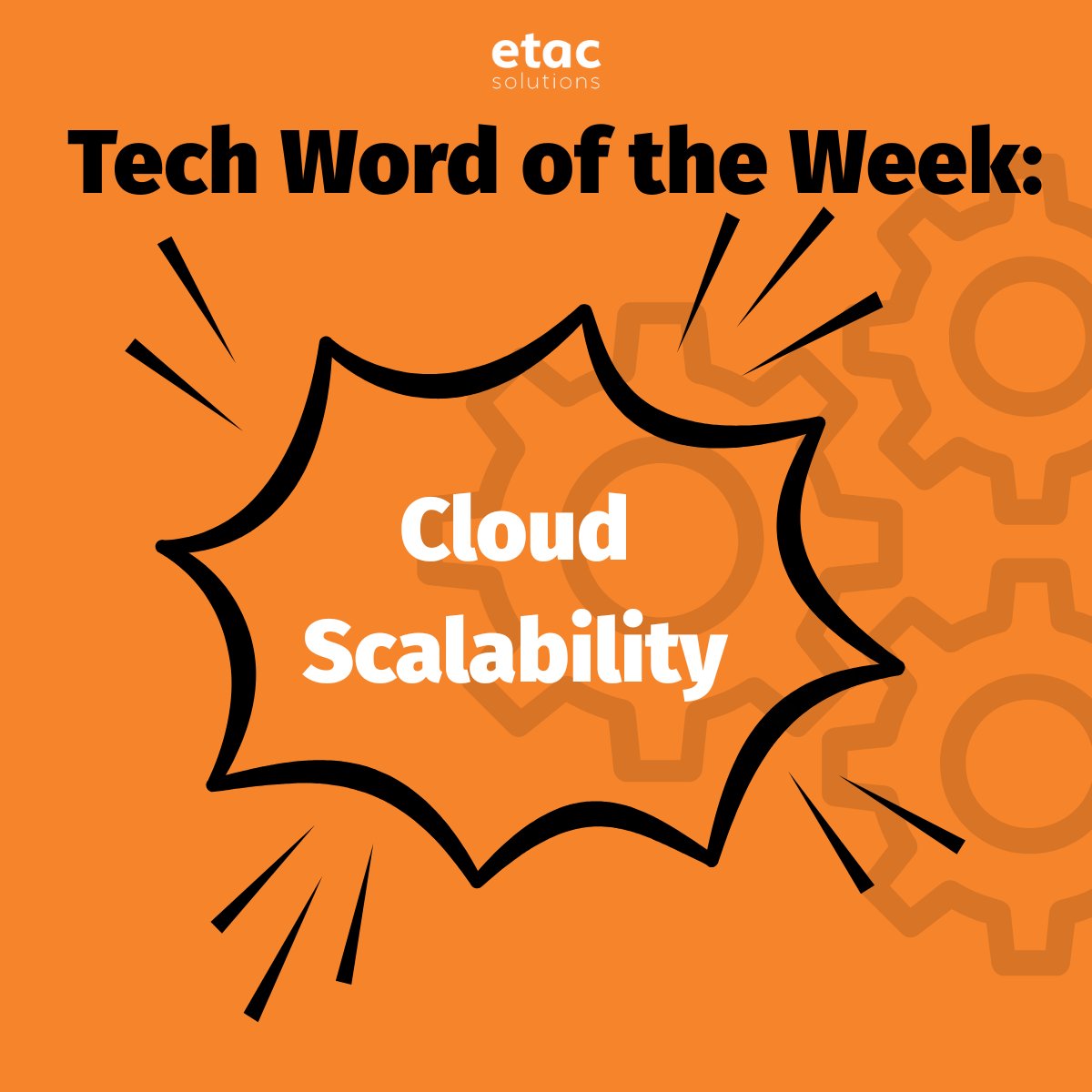
Explore the tradeoffs of different #Linux I/O methods and learn how databases can take advantage of a modern SSD’s unique characteristics in this excerpt from Database Performance at Scale. ow.ly/fopk50VQemf #ScyllaDB
6 Machine Learning as a Service Tools for Data Analytics Read more:bigdataanalyticsnews.com/machine-learni… #dataanalytics #scalarsolutions
The future of cloud-native isn't just about stateless apps; it's about running mission-critical, data-intensive, and #AI-driven workloads. That's why we're focused on delivering a complete, enterprise-grade #database solution for this new era with: ✅ MariaDB Enterprise Operator…
Every system eventually fails or scales at its data layer first, not its API or cache. That’s why strong database design, indexing, and query optimization are the real foundations of scalability.
Example 3: Scaling The prompt: "How do I scale from 1M to 100M users?" Generic LLM: buzzword soup "Use read replicas, sharding, caching, NoSQL..." RAG (from DDIA by Kleppmann, p151): - "Most apps handle 10M on a SINGLE DB. Don't distribute prematurely. - Single PostgreSQL:…
Every system has a hot path. And it’s the first thing you need to understand before you scale anything. Here's how to scale smart: 1. Start with the access pattern If reads massively outnumber writes, don’t scale them together. Example: E-commerce app - 99% traffic →…

this decision can make or break your system scaling it may sound boring but right database is key to building lasting software here's the actual framework ➼ relational dbs (postgres/supabase) when you need strong consistency and your data fits on one machine OR you have sql…
I mean, if you optimize enough you will be surprised how much a decent REST api + some good SQL queries (hello SQL lite and a chungus box with a lot of RAM) scales. No need for fancy designs.
Love this, but you know how every system design interview goes: “Nice toy URL shortener… now make it handle 5B redirects/day, multi-region, zero downtime, analytics, abuse protection and no data loss.” At that point your 160 lines in C turns into something like: Public edge:…
Scale isn't just about handling volume. It's processing millions of transactions without losing a single customer moment. Build for scale: vist.ly/4eqfm

you could do that, host on a server and handle/figure out CRUD optimizations for handling a large db check this out: github.com/DavidNzube101/…
classic problem. scale horizontally hits the db wall vertically. read replicas help but eventual consistency breaks some use cases. connection pooling + caching layer usually buys you time. ultimately you need to shard or go distributed db but that's its own nightmare to manage
Should I use a relational database or a non-relational database? You’ve probably came across this question. Here’s an attempt to answer this: This is not about which database is better. It’s about choosing the database that fits your workload. - Relational databases (Postgres,…

Something went wrong.
Something went wrong.
United States Trends
- 1. Sengun 7,392 posts
- 2. #SmackDown 41.6K posts
- 3. Norvell 3,096 posts
- 4. Mamdani 415K posts
- 5. Reed Sheppard 2,887 posts
- 6. Florida State 10.5K posts
- 7. Collin Gillespie 2,312 posts
- 8. Marjorie Taylor Greene 56.5K posts
- 9. NC State 5,436 posts
- 10. #OPLive 2,454 posts
- 11. Rockets 15.6K posts
- 12. Suns 13.3K posts
- 13. Timberwolves 9,461 posts
- 14. #BostonBlue 3,751 posts
- 15. Booker 7,081 posts
- 16. Syla Swords 3,043 posts
- 17. Dillon Brooks 2,844 posts
- 18. Jabari 1,676 posts
- 19. #LasVegasGP 53K posts
- 20. Anthony Edwards 2,527 posts




